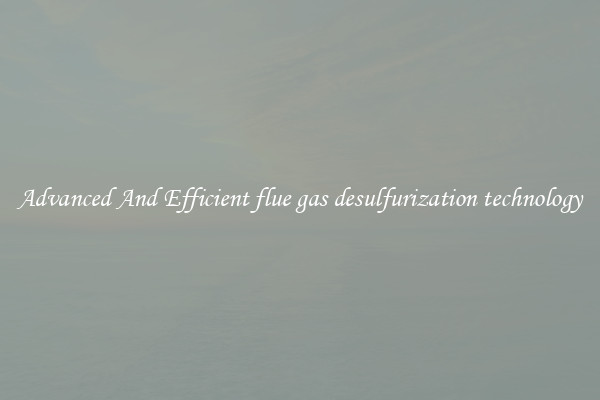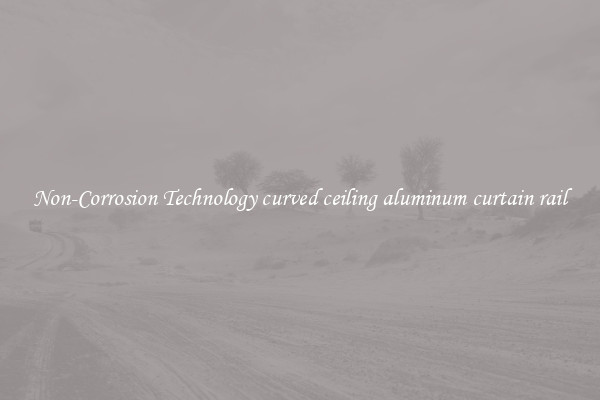Advanced And Efficient flue gas desulfurization technology
Flue gas desulfurization (FGD) technology has become increasingly important in the effort to reduce air pollution caused by industrial activities. When fossil fuels such as coal and oil are burned, they release sulfur dioxide (SO2) into the atmosphere, which contributes to acid rain and respiratory issues. FGD technology aims to remove this harmful gas from flue gases before they are released into the environment.

Advanced and efficient FGD technology has proven to be instrumental in reducing the negative impact of sulfur dioxide emissions. These technologies employ a range of methods to effectively capture and remove sulfur dioxide from flue gases.
One of the most commonly used methods is wet scrubbing, which involves using an alkaline solution to react with the sulfur dioxide gas. The gas is absorbed into the solution, forming a chemical compound that can be easily removed. Wet scrubbers are efficient and versatile, capable of removing up to 95% of sulfur dioxide from flue gases.
In recent years, however, advanced FGD technologies have emerged that offer even higher efficiency and better environmental performance. One such technology is dry scrubbing, which involves using a dry sorbent such as limestone or hydrated lime to react with the sulfur dioxide gas. The reaction forms a solid byproduct that can be easily captured and disposed of. Dry scrubbing methods have been reported to achieve removal efficiencies of over 99%.
Another emerging technology is regenerative FGD, which utilizes sorbents that can be regenerated and reused. This reduces the amount of waste generated and makes the process more cost-effective. Regenerative FGD technologies have the potential to achieve high removal efficiencies while minimizing operational costs.
Furthermore, advanced FGD technologies also focus on minimizing water consumption and waste generation. Traditional wet scrubbing methods require large amounts of water to facilitate the absorption of sulfur dioxide. However, newer technologies incorporate water-saving techniques such as optimizing spray nozzles and using dual-alkali systems, which significantly reduce water consumption and waste generation.
In conclusion, advanced and efficient FGD technology plays a crucial role in reducing the environmental impact of industrial activities. These technologies, such as dry scrubbing and regenerative FGD, offer higher removal efficiencies, reduced water consumption, and minimized waste generation. As fossil fuel consumption continues globally, the implementation of advanced FGD technology will be vital in meeting air quality standards and protecting human health and the environment.

View details

View details

View details

View details








